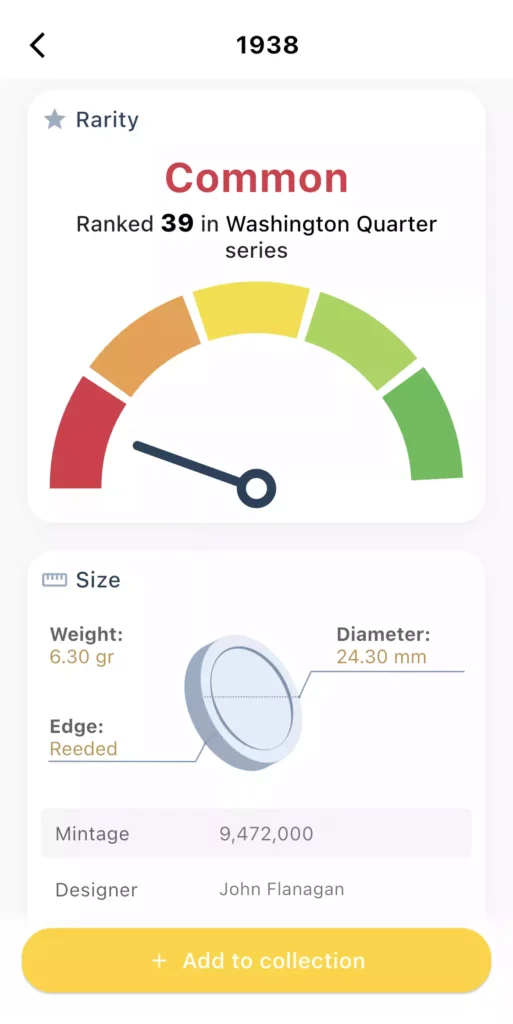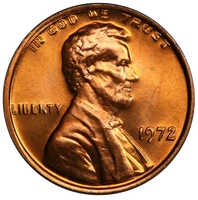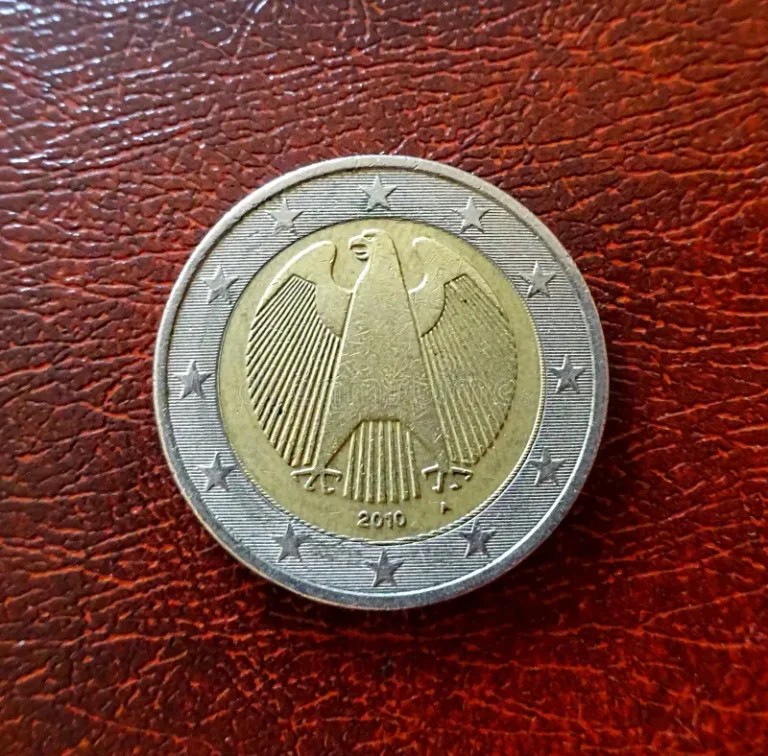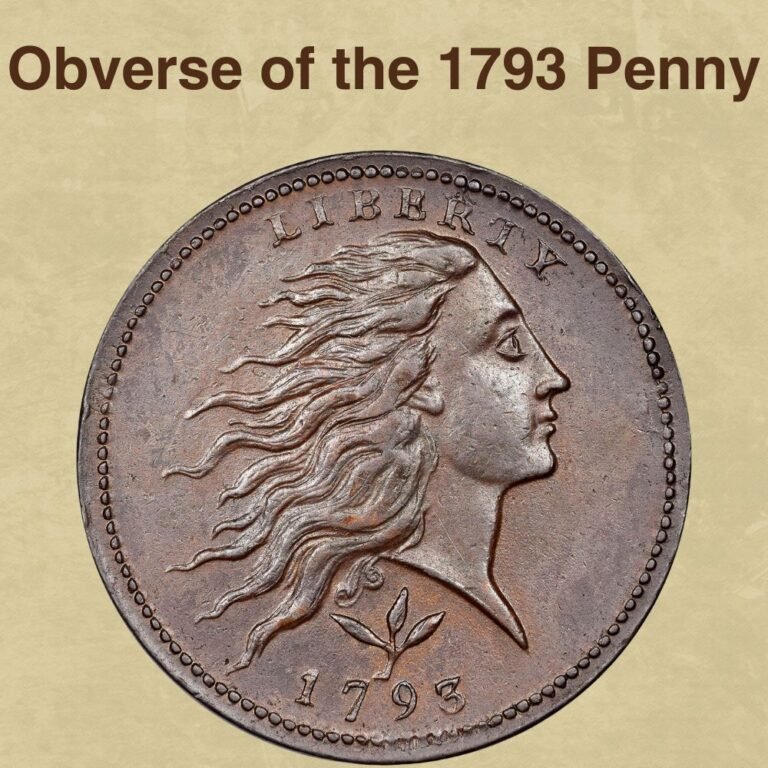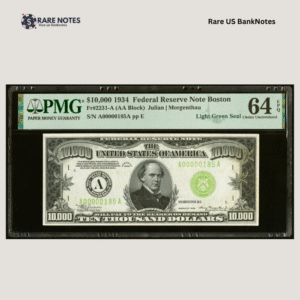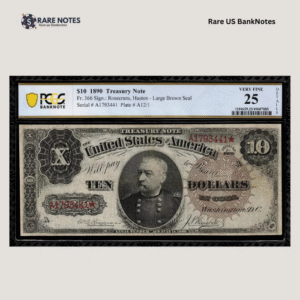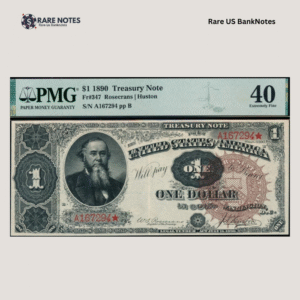Got a 1938 quarter? Here’s the brutal truth: 99% of them are worth exactly their silver melt value—about $4-5.
But here’s where it gets interesting. We tracked down every major auction sale of 1938 quarters from the past decade and found something surprising: while millions were minted, the ones actually selling for serious money all share specific characteristics that most collectors overlook.
We’re talking about quarters that jumped from pocket change to $3,000+ based on details you can spot with a magnifying glass. No hype, no dealer markup stories—just hard data on what actually sells and why.
1938 Value By Variety
Here’s a breakdown of current 1938 quarter values across all three varieties—Philadelphia (no mint mark), San Francisco (S), and Proof editions—showing market prices for each condition grade from Good to Mint State.
1938 Quarter Value Chart
| TYPE | GOOD | FINE | AU | MS | PR |
|---|---|---|---|---|---|
| 1938 No Mint Mark Quarter Value | $9 | $16 | $61 | $1,308 | — |
| 1938 S Quarter Value | $8 | $24 | $69 | $290 | — |
| 1938 PR Quarter Value | — | — | $1 | — | $1,626 |
Tips: Use our CoinValueChecker App for real-time variety identification and current market values.
1938 Market Trend
Market Interest Trend Chart – 1938 Quarter
Looking at the decade-long market interest trend for 1938 quarters reveals some intriguing patterns.
The chart shows two notable peaks—one in early 2017 and another in 2023, both reaching close to 100K. Between these spikes, the trend maintains a relatively steady range, rarely dropping below 60K. This suggests consistent interest rather than wild speculation.
What stands out is the recent behavior. After the 2023 peak, instead of crashing back to baseline, the trend has stabilized in the 75K-80K range. This elevated plateau compared to earlier years indicates sustained momentum.
The overall pattern has evolved from the volatile swings of 2015-2020 to more predictable movements in recent years. While we can’t pinpoint exact causes from this data alone, the transition from erratic fluctuations to steadier trends suggests a maturing market dynamic.
Curious how 1938 quarters compare to other dates? Check out the US Coin Market Trend Ranking (Top 100) to see which coins are capturing the most attention in today’s market.
History of the 1938 Quarter
The 1938 quarter marked a significant transitional year in American coinage. By this time, the Washington quarter design had been in circulation for six years, having replaced the Standing Liberty quarter in 1932 to commemorate George Washington’s 200th birthday.
Production in 1938 was modest compared to later years. The Philadelphia Mint struck 9,480,045 quarters with no mint mark, while San Francisco produced just 3,828,000 pieces marked with an “S”. Additionally, the Philadelphia Mint created 8,045 proof quarters for collectors—mirror-finished coins that remain highly sought after today.
The design itself was created by sculptor John Flanagan, based on a bust by Jean-Antoine Houdon. Despite initial plans for the Washington quarter to be a one-year commemorative issue, its dignified appearance and public acceptance led to its continuation. The 1938 quarters feature the same design that would remain virtually unchanged until 1998.
These quarters were struck in 90% silver and 10% copper, giving each coin 0.18084 troy ounces of pure silver. This composition would continue until 1964, making all 1938 quarters valuable for their silver content alone. The combination of moderate mintages and silver composition has ensured steady collector interest in 1938 quarters, particularly in higher grades where survival rates are considerably lower.
Is Your 1938 Quarter Rare?
1938 No Mint Mark Quarter
1938 S Quarter
1938 PR Quarter
The rarity scores tell an interesting story about 1938 quarters. The proof version leads with a score of 42, ranking 27th among all Washington quarters—surprisingly accessible for a proof coin with just 8,045 minted. The Philadelphia issue follows at 37, earning “Rare” status despite having the highest mintage of the year.
Most intriguing is the San Francisco quarter. With the lowest mintage at 3.8 million, you’d expect it to be rarest, yet it scores only 30 and ranks 76th. This apparent contradiction reveals a crucial lesson: mintage alone doesn’t determine rarity. Factors like survival rates, collector hoarding, and regional distribution all play a role.
These middle-tier rarity scores make 1938 quarters perfect for intermediate collectors—scarce enough to be challenging, but not so rare as to be unobtainable. Want to check the rarity of quarters in your collection? The CoinValueChecker App instantly identifies rarity scores for any Washington quarter with a simple photo scan.

Curious about truly rare dates? Explore the complete Washington Quarter Key Dates (Rarity Ranking) to discover which years command the highest premiums.
Key Features of the 1938 Quarter
The 1938 Washington quarter represents the sixth year of production for John Flanagan’s iconic design. Flanagan, an American sculptor and medalist, created this enduring portrait based on Jean-Antoine Houdon’s famous bust of George Washington. Originally intended as a one-year commemorative for Washington’s 200th birthday in 1932, the design’s popularity ensured its continuation through 1998 with only minor modifications.
The Obverse of The 1938 Quarter

The obverse features George Washington’s left-facing profile, with Flanagan’s initials “JF” subtly placed at the base of the neck truncation. The word LIBERTY arcs across the top of the coin, while the national motto “IN GOD WE TRUST” appears to the left of Washington’s neck. The date “1938” is positioned at the bottom of the obverse, completing the clean, dignified design that has become synonymous with American coinage.
The Reverse of The 1938 Quarter
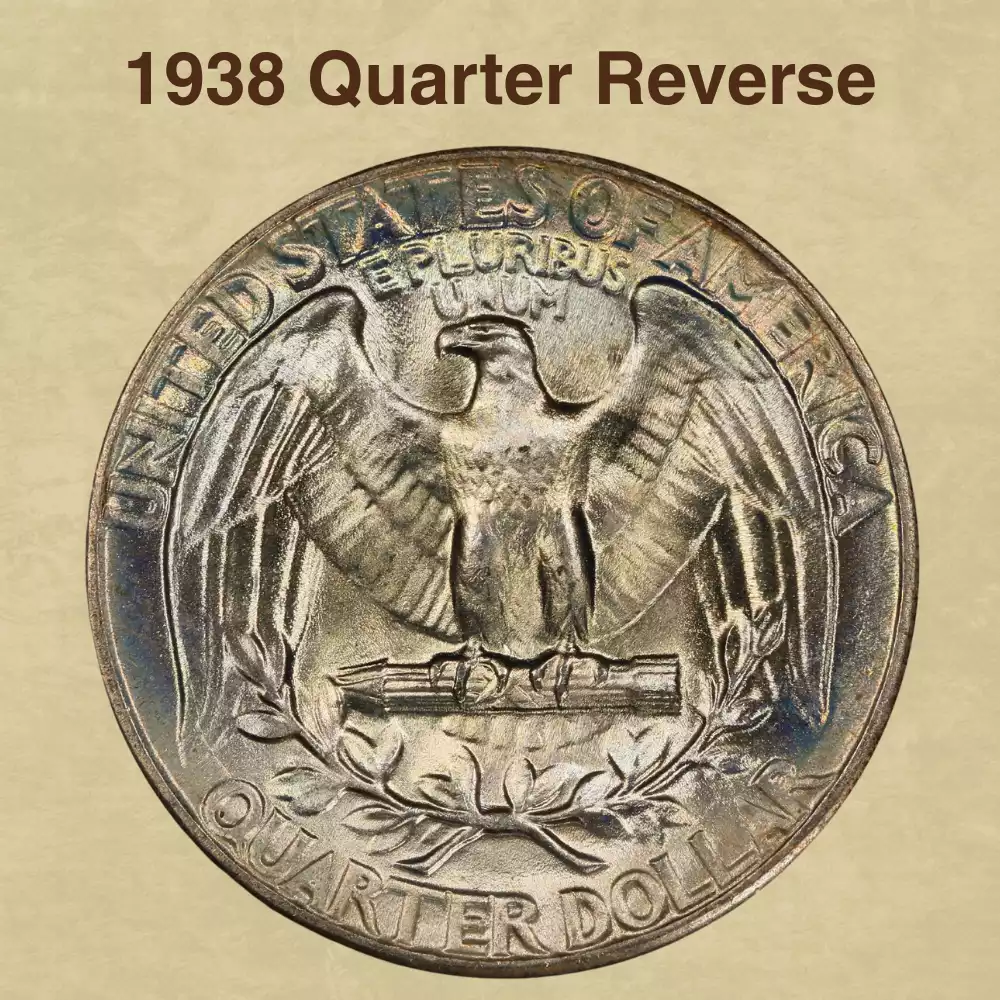
The reverse displays a heraldic eagle with outstretched wings, clutching a bundle of 13 arrows in its talons—symbolizing the original thirteen colonies. An olive branch curves beneath the eagle, representing peace and balance.
For San Francisco minted coins, a small “S” mint mark appears below the olive branch’s center. The inscriptions “UNITED STATES OF AMERICA” arc across the top, with “E PLURIBUS UNUM” below. The denomination “QUARTER DOLLAR” curves along the bottom edge.
Other Features of The 1938 Quarter
The 1938 Washington quarter was struck in the traditional composition of 90% silver and 10% copper, containing 0.18084 troy ounces of pure silver. Each coin weighs 6.25 grams (0.2009 troy ounces) with a diameter of 24.3 mm (0.95669 inches). The reeded edge prevents clipping and helps identify genuine coins. With a thickness of 1.75 mm (0.06870 inches), these quarters maintained the same specifications used since the series began in 1932—standards that would continue until the composition change in 1965.
1938 Quarter Mintage & Survival Data
1938 Quarter Mintage & Survival Chart
Survival Distribution
| Type | Mintage | Survival | Survival Rate |
|---|---|---|---|
| No Mint | 9,472,000 | 947,200 | 10% |
| S | 2,832,000 | 283,200 | 10% |
| PR | 8,045 | 6,500 | 80.7955% |
The 1938 quarter mintage data reveals a typical production pattern for the era. Philadelphia dominated with 9.47 million coins, while San Francisco contributed 2.83 million. The proof mintage of just 8,045 pieces represents a tiny fraction of total production.
What’s striking is the survival data. Both Philadelphia and San Francisco quarters show identical 10% survival rates—meaning roughly 90% have been lost to melting, damage, or heavy circulation. In contrast, proof coins boast an impressive 80.8% survival rate, with 6,500 of the original 8,045 still in existence.
This dramatic difference makes sense: proofs were sold directly to collectors who carefully preserved them, while business strikes entered circulation where silver melting in the 1960s-1980s decimated their numbers. Today’s estimated survival of just 1.23 million total business strikes from over 12 million minted demonstrates how scarcity develops over time.
Want to see how 1938 compares to other years? Check out the Washington Quarter Survival Ranking (Top 100) to discover which dates have the highest and lowest survival rates.
1938 Quarter Grading
Grading 1938 quarters requires careful examination of key areas where wear first appears. On the obverse, check Washington’s hair details—the waves above his ear blur quickly on circulated coins. The motto “IN GOD WE TRUST” should show clear separation between letters in higher grades.
For the reverse, focus on the eagle’s breast feathers and wing details. In Mint State examples, you’ll see complete feather definition and a sharp, frosty surface. The difference between MS-63 and MS-65 often comes down to contact marks and luster quality—factors that can mean hundreds of dollars in value difference.
Want instant grading help? The CoinValueChecker App uses AI to analyze your coin’s condition from a simple photo, providing professional-grade estimates in seconds. This is especially useful for 1938 quarters where subtle differences significantly impact value.

Remember, accurate grading is crucial—a 1938-S jumps from $69 in AU-50 to $290 in MS-60, just a 10-point difference. For comprehensive grading techniques and visual guides, explore our complete guide: How to Grade Washington Quarters.
1938 Quarter Value Guides
Below we’ll explore detailed value information for each of the three varieties minted in 1938, from the common Philadelphia strikes to the scarce proof editions.
- No Mint Mark (Philadelphia)
- S Mint Mark (San Francisco)
- Proof
Understanding value differences between the three 1938 varieties is crucial for both buyers and sellers.
While Philadelphia quarters are most common, they still command strong premiums in Mint State grades. San Francisco issues, despite lower mintage, don’t always translate to higher values—condition matters more than mint mark. Proof quarters represent the premium tier, combining low mintage with exceptional preservation.
Each variety follows its own value trajectory based on grade, making proper identification essential before determining worth.
1938 No Mint Mark Quarter Value

The 1938 Philadelphia quarter stands out as a transitional piece in the Washington series. While its 9.47 million mintage seems substantial, this represents a significant drop from the 41.3 million struck just one year earlier in 1937. This production decrease, combined with decades of silver melting, has created an interesting dynamic where a seemingly common date has become surprisingly elusive in higher grades.
The coin also marks one of the last years before World War II dramatically increased quarter production for wartime commerce.
1938 No Mint Mark Quarter Price/Grade Chart
Price by 1-70 Grade (Latest Auction Records Included)


